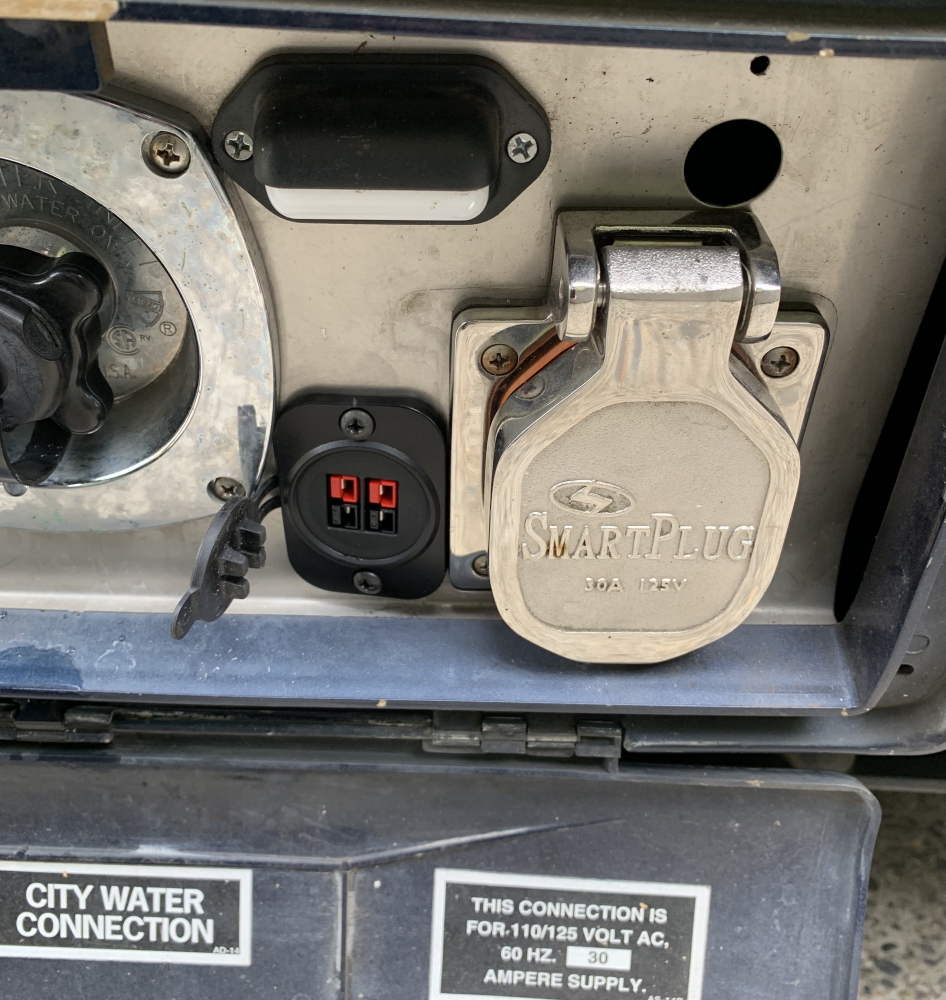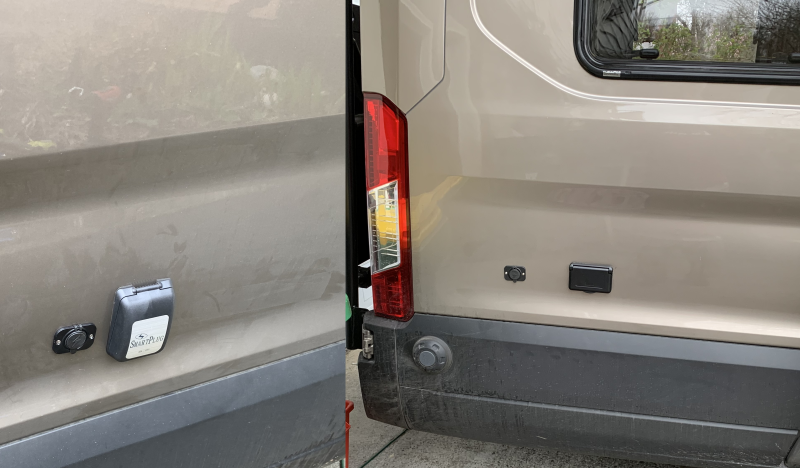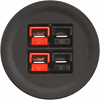OK, to clear here I am not trying to knock either of these companies, I actually own both Renogy panels and a Zamp panel for my new transit build. I came to that decision, based on size or lay out of the panel, I have two 100 amp Renogy panels and one 90 Watt Zamp, the Zamp is a long and narrow panel. Both panels operating voltage is around 18 to 18.5 volts. In my mind it was a compromise, because footprint was the driving factor.

I believe
Renogy to be a middle of the road supplier, their products are good but they don't really drive tech features. I also like the fact that
Zamp is made in the USA (Oregon even better), but again I struggle to find the technological reason to say they are better than some others. Zamp does lead in their frame technology and new Obsidian series is a industry leader in that area. Does it justify the cost, I am not sure. More improvements went to the frames than the actual panels. That said if when I was looking for panels last year and they had the full Obsidian line out, they might be on top of my van now. My other dig on Zamp, is I always have to email them for specs, not sure why they aren't more easily available.
I think both of these companies have a strong presence, a loyal customer base, and both appear to support their products. So they must be doing something correct.
The first question is do I want a aux panel that has a controller, or do I want to use an existing controller that I already have. Most of controllers that come with aux setups are low end in my experience. The other reason I am generally against them is that we generally have a pretty go wire run between the panel and the van. You can suffer the voltage drop in the panel voltage or suffer the voltage drop in the controller voltage. I would generally pick the drop in the panel voltage.
Of course if you already have panels on top, or plan to put panels on top then you may be limited on your aux panel choice based on the specifications of the existing panel. In most cases we will be connecting these panels in parallel, so we really want to match the operating voltage as close as possible. Let say you have a 60 cell 36 volt panel on the top of the rig. Does that mean you need a 36 volt auxiliary panel to match it? The answer is yes and no, Your aux panels can be around 18 volts, but you will need two, that you can hook in series that then parallel to your existing setup. You just need to make sure that is doable with the aux panel you purchased. If I have 18 volt panels on top of the rig I will be looking for something in 19 to 20 volt range, as I expect some drop from wire run.
So if I am looking for a solar controller, at this time I would probably go with a
Victron unit, they have a wide variety of voltage/current choices. I also believe that Morningstar make good solar controllers, and even midnight solar. These guys are in the business of making solar controllers.
Now when choosing the panels it really depends on if you want a full flexible set up, or a framed suitcase unit. The framed are easier to deploy the flexible units can be a little tricky to angle and setup, especially if your chasing sunlight during the day. The new Zamp Obsidian portables are kind of neat, you really have to get by their cost, if you were running Zamp Obsidian on top of the van, they might be a no brainer. Renogy doesn't make a decent size in a flexible unit, but they have plenty of framed units to choose from. Generally they sell with a controller, and without.
If you happen to have Sunpower solar cells on top of your rig, then you pretty much need to look at something similar for your portable units. A foldable unit like the
ACOPOWER LTK 120W Foldable Solar Panel Suitcase.

Another choice may come from Lensun, they make both a line a full flexible units, or even ones with smaller frames. For that matter maybe blanket unit might be what you want.


Both the Acopower and
Lensun use ETFE versus PET, these panels are really strong I have more worries about wires breaking than the panels.
And if you pinching pennies, you might just find a deal on ebay for some flexible units that you wire together. I use this these for testing installs and as a back up.

If at all possible try to install an Aux connector on the outside of the rig. Here was where I put it on my previous rig.

Or on the new rig I put one on each side.

I am kind of partial to using these 45 amp capacity Anderson pole units

Of course you can also use a SAE connector like

-greg